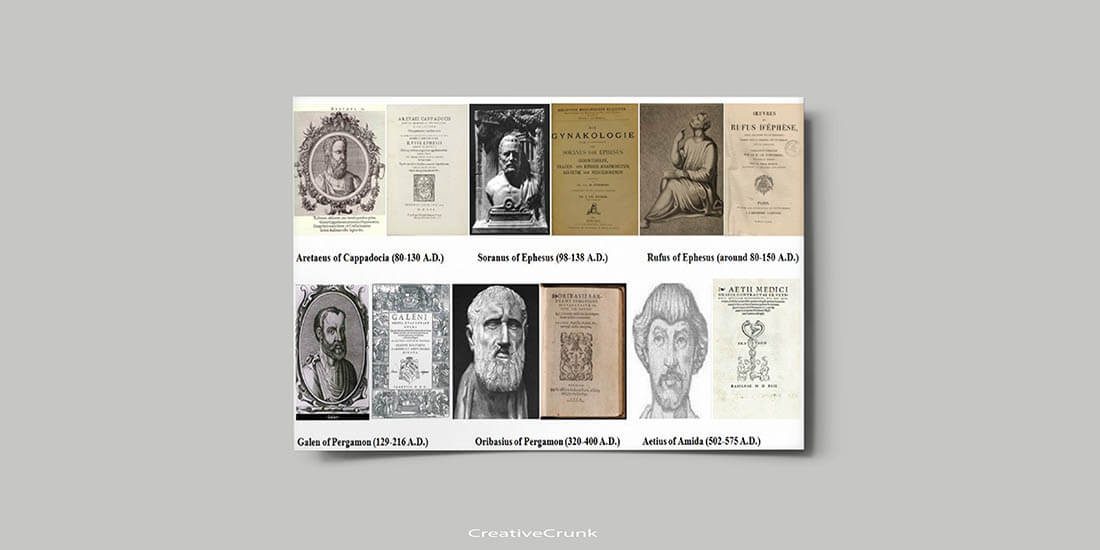Lower Urinary System Interventions and Operations in Ancient Anatolia
- 22 October 2018
- Posted by: admin
- Category: Haberler

Lower Urinary System Interventions and Operations in Ancient Anatolia
Introduction&Objectives
Diseases started with the existence of the humanity and humans have persistently searched for the cure of the diseases. Urinary system diseases were certainly among the diseases for which a cure was searched and thus different urological interventions were made. Our aim in this study was to reveal the lower urinary system interventions done in ancient Anatolia and the ancient Anatolian doctors who made these.
Materials&Methods
For this objective, the applications used by ancient Anatolian doctors to treat urological diseases and explained in their works translated into the languages of today were studied in internet environment and libraries and the current literature on the subject was reviewed.
Results
Although there are serious suspicions on this, the first person to invent and name bronze urinary catheter and to use it in urination difficulty was reported to be the successful surgeon Erasistratus (304-250 BC) of Alexandria in 3rd century BC. In Anatolia, doctors such as Aretaeus of Cappadocia (80-130 A.D.), Soranus of Ephesus (98-138 A.D.), Rufus of Ephesus (80-150 A.D.) Galen of Pergamon (129-216 A.D.), Oribasius of Pergamon (320-400 A.D.), Aetius of Amida (502-575 A.D.) used catheters for different urinary retention conditions, bladder irrigation and intravesical treatments.
Figure (1a,b,c,d,e,f)
Bladder catheterization: The most common urinary retention causes in ancient times were bladder stone and bladder paralysis. Apart from these, urinary catheters were used also for urethral stricture bph and bladder blocking tumors.
Bladder irrigation (bladder enema): Bladder irrigation was made in conditions such as hematuria and hematoglob using a special type of catheter with a leather ball as a pump at its end.
Intravesical medicine treatment: Different medicines were applied using a catheter with an addition of a syringe assembly containing a pump or piston bladder paralysis, bladder infection and hematuria conditions.
Urethral stone extraction: Aeutius stated that the stones trapped in navicularis were extracted through pulling with ear spoons normally used to extract foreign objects in the ear.
Greek surgeon Ammonius Lithotomos 276 BC) of Alexandria was the first lithotomist (perineal lithotomy) registered in the history of surgeries. Although he described his method with the word “lithotomus” (“lithos” meaning stone and “tomos” meaning cut), the same word was used for cutting for stone.
Perineal lithotomy: Hippocrates (460-370 A.D.) from Kos island which is the land continuation of Western Anatolia included the warning: ‘I will not cut for stone, I will leave this operation to be performed by practitioners (lithotomists),’ in his medical ethics oath. Stating that cutting for bladder stone is fatal, Hippocrates mentioned that doctors definitely shouldn’t make stone operation and tried to protect the doctors from the bad reputation to be caused by the deaths due to this difficult operation. First detailed records of “perineal lithotomy” were kept by Cornelius Celsus (25 B.C.-50 A.D.) in ‘Celsian Method or Apparatus Parvus’ in Roman period. Galen from Pergamo who was one of the famous doctors of the Roman period in Anatolia applied the Celsian technique perineal lithotomy in bladder stones.
Conclusions
Many Anatolian doctors such as Hippocrates in Ancient Greek period and Aetius in Byzantine period diagnosed different urological diseases and made different operations for treatment in Anatolia. Thus Ancient Anatolian medicine gained the unique place in deserved in global urology and medicine history.
Ekrem Güner
Health Sciences University, Bakirkoy Sadi Konuk Training and Research Hospital, Department of Urology, Istanbul

